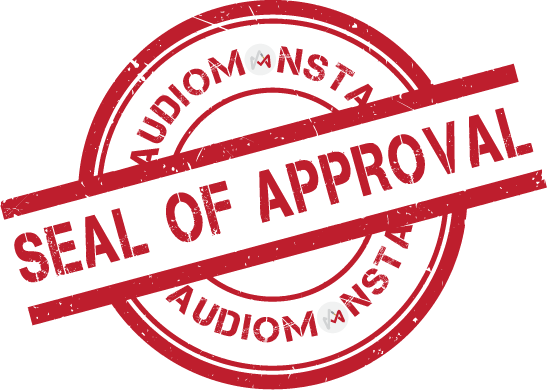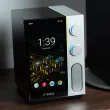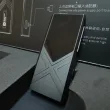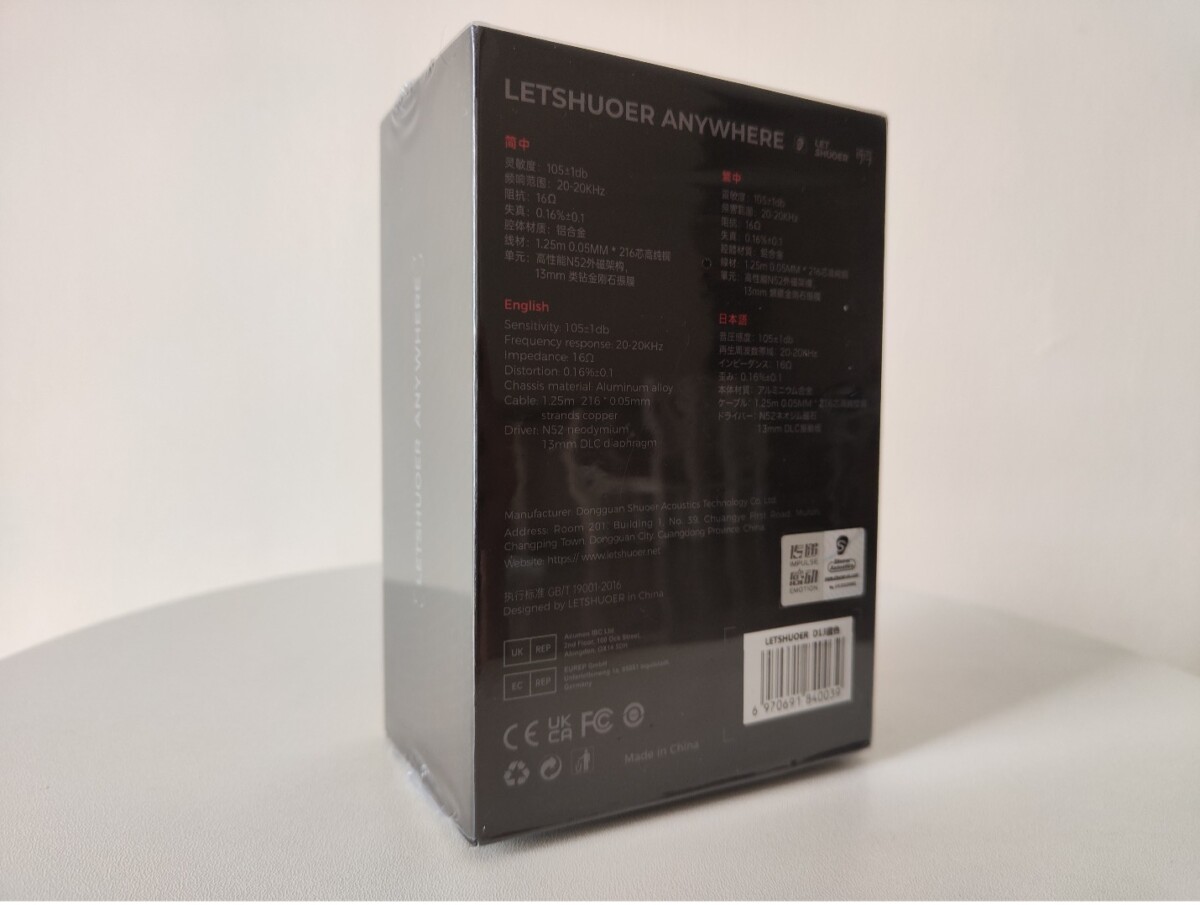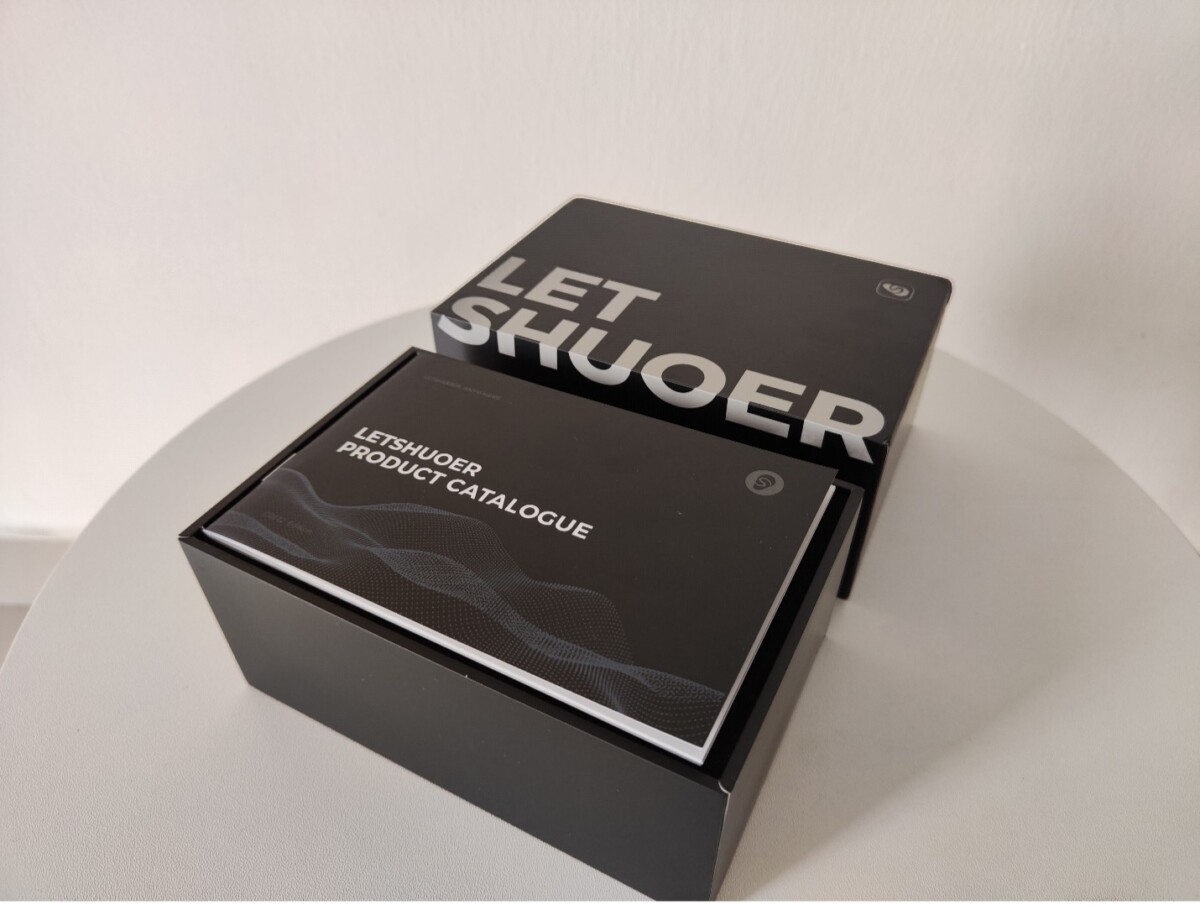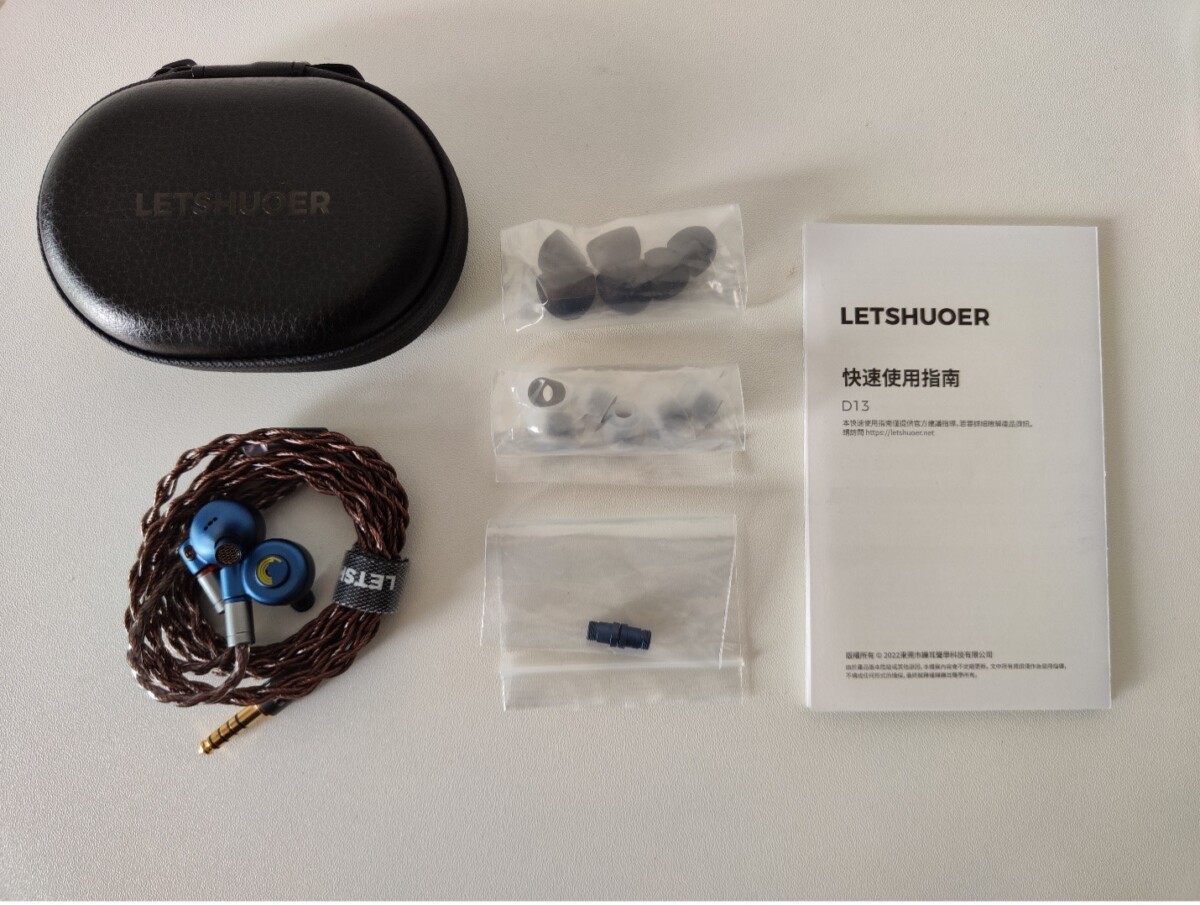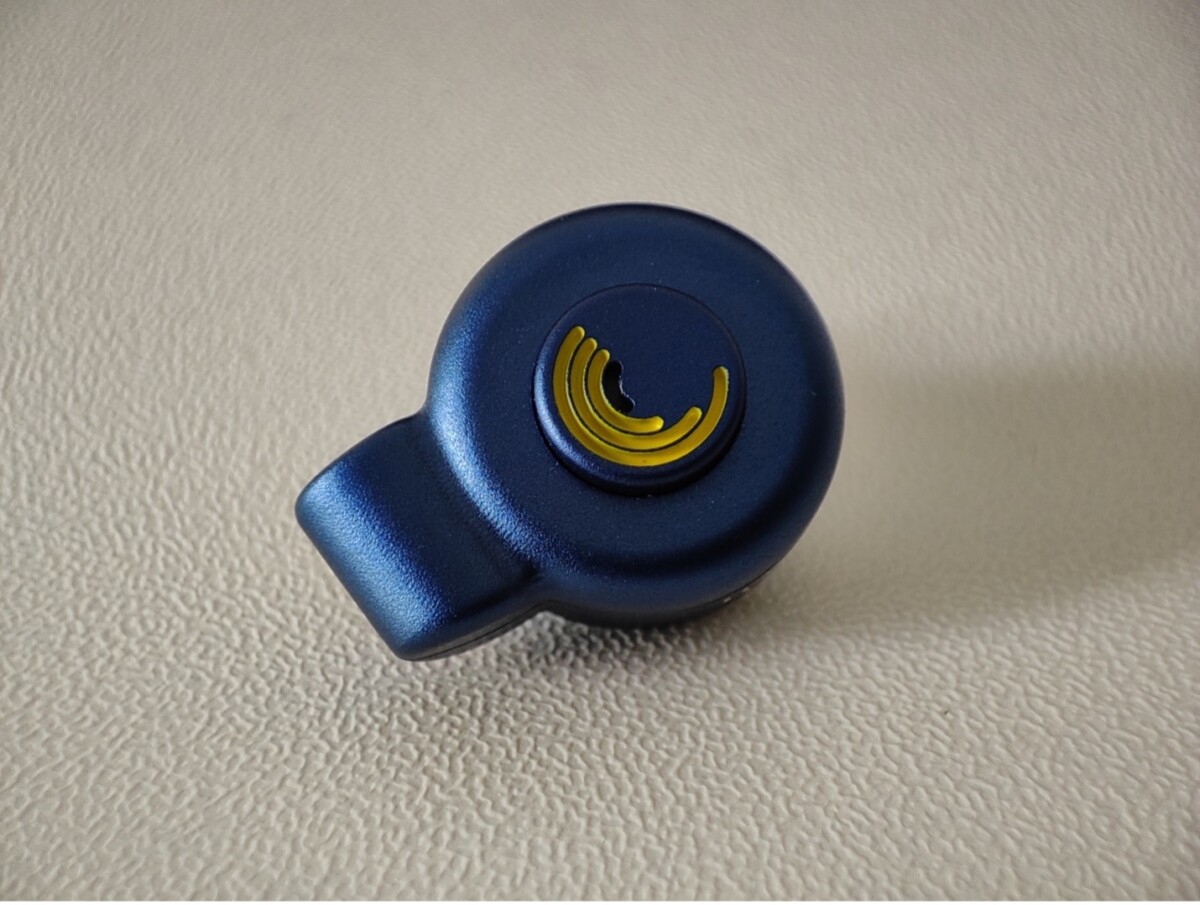Introduction
Time and time again, a single DD configured IEM proved to be a successful move in terms of cost:performance ratio. They’ll most likely end up being somebody’s favored IEM within their collection. With the D13, I’d say that a single DD really stood against the test of time where we can find some older models still being pretty highly regarded and it’ll not be a surprise if these newer generations of single DD do the same thing.
Packaging & Accessories
Comes with a neat small-medium sized cubic box, the presentation of the packaging is “professional” I would say. I was impressed when Letshuoer prepared a nice product catalogue inside the box. Other accessories included are; 4.4mm balanced copper cable, leather case, various eartips, manuals, and most importantly interchangeable tuning nozzle. Moving onto the ergonomics, the D13 has a solid aluminum chassis coated with blue and yellow colour combination (in our case). The shell is incredibly small yet finesse, and the nozzle is nicely designed for not being too short or too long. The shape reminds me of the old Dunu DK lineups but with 2-pin connector for the cable. The fitment in my ears is stellar due to its tiny size and comfortable design.
Specifications

Retail Price & Where to Get
We would like to thank LETSHUOER for giving us the opportunity to review this product. The Letshuoer D13 is currently priced at ~RM 518 (USD 119).
LETSHUOER D13 DLC diaphragm dynamic driver IEM moving coil headphones – letshuoer
Source Pairing
- Windows 10 > Fiio K9 Pro ESS > D13
- Sony NW-ZX300 > D13
- Android 12 > DDHiFi TC35B > D13
Test Tracks
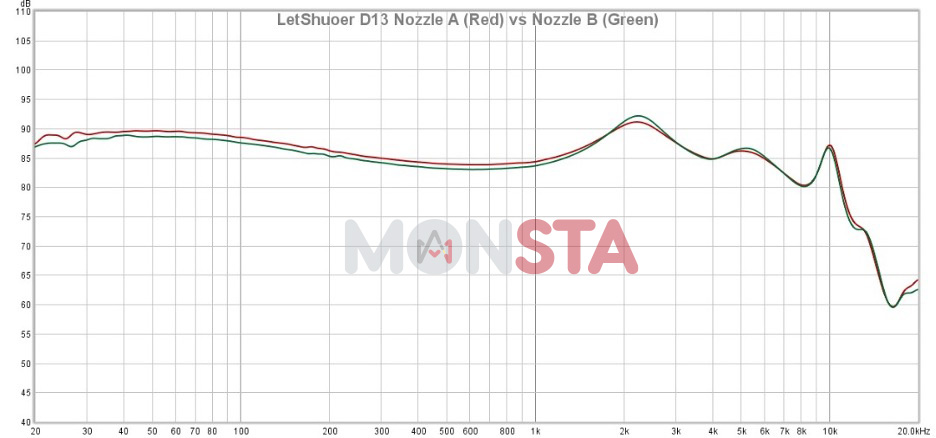
Sound Tonality
A slight withdrawn in the midrange means that the D13 has a somewhat U-shaped sound signature where the bass and upper regions are preferably emphasized to give that fun and “contrasty” sound. This is based on using the nozzle A (silver). With nozzle B (gold) in which the sound produced is much more inclined towards my taste, bass is finely tuned down and upper region have better presence resulting in much more realistic sound. Therefore, the rest of the reviews onwards are based on nozzle B.
Bass
The D13 has some of the best bass response from a single dynamic driver IEM at this price point. It is a little bit thick for my taste since I’ve gotten too used to neutral amount of bass. But once my ears have adapted to the bass, I really enjoyed the bass. The bass is undeniably very competent in terms of its quality, it goes deep with the subbass and packed with satisfying amount of slam. Separation between subbass and midbass has great distinction while transient is quick for a dynamic driver IEM at its price range. Resolution is also really nice, full of textures and vibrations.
Midrange
Overall midrange is a tad warm and has a slight recession which can be notified by the backward positioning of vocal. However, midrange body never really feel lacking or thin while orchestra instruments can be reproduced with good support. Meanwhile, pinnae gain is rising quite steep at around 2 kHz or so but then it dips till it reaches the lower treble. They do sound slightly shouty with certain tracks especially on high pitched vocal. Additionally, this sometimes creates a nasal effect in the vocal because of the sharp peak at ~2 kHz and also due to nonlinear response between 2 kHz and 6 kHz. Other than that, I don’t think there’s much complaint here when it comes to the details and clarity, in fact it’s pretty good for the price.
Treble
Smooth, from lower treble till the air region. I think Letshuoer intentionally tuned the D13 like so for a smoother treble experience for majority of the people. The great thing is there will be no overbearing of “s”, “f”, and “t” intensity (sibilance) and any harshness with the D13. On the other hand, upper treble is tad lacking because I found that a slight increase of post 10 kHz via equalization resulted in clearer vocal, more natural instruments timbre, and more “open” in the overall sound. But maybe that’s just me. YMMV.
Soundstage & Imaging
D13 does not have a spectacular width and depth of staging. At least to my ears they are performing at average level. Imaging is also likewise, average performing imaging localization limited to stereo separation at best. For the price, there’s nothing wrong with the performance.
Separation & Timbre
In terms of separation, the D13 is performing at an above average category. The large 13mm DLC dynamic driver might have influenced this quality since more air are able to be pushed, creating cleaner layering between the instruments. Timbre wise, the D13 is almost there among the very best but it falls slightly short due to the lack of air presence.
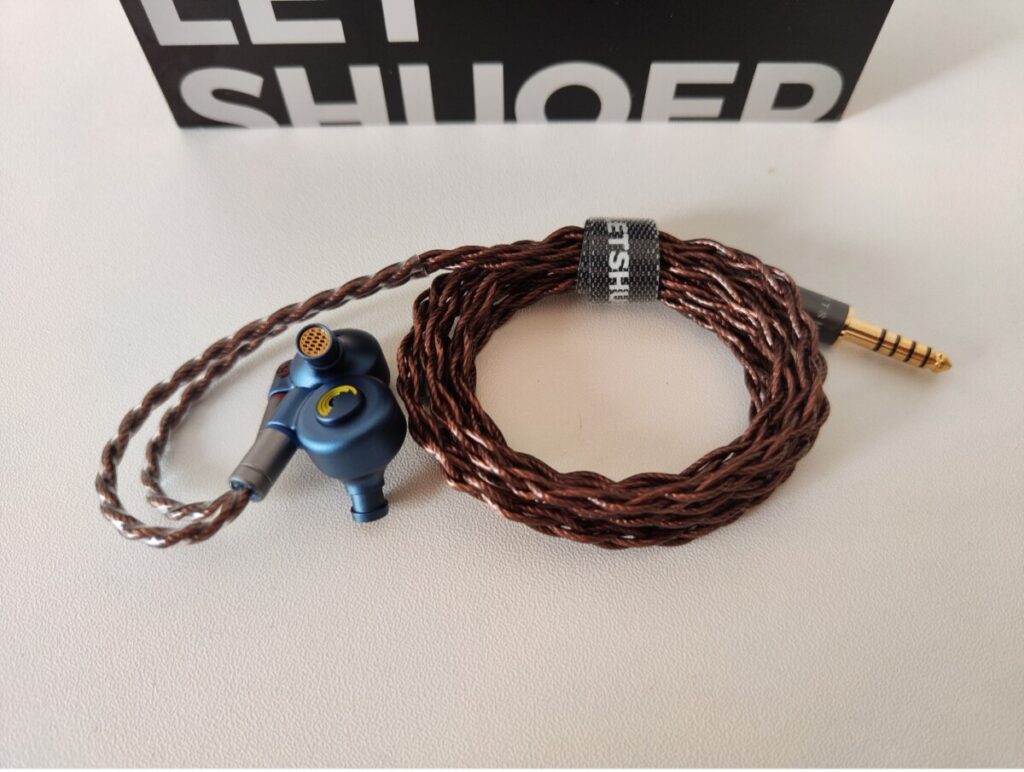
Drivability & Synergy
At 105 dB and 16 Ω sensitivity and impedance, respectively, power requirement is fairly low. Any source should be sufficient for the D13. Using a desktop level source and amplifier does not provide any meaningful upgrade on the sound quality. Synergy wise, I found that a more neutral source would be the best pair for the D13.
Comparison
Moondrop Aria
Priced just 40 USD cheaper than the D13 but equipped with liquid crystal polymer (LCP) driver instead. The popular IEM by Moondrop is tuned based on VDSF target (Harman + DF). Subjectively, the Aria is a more neutral and balanced sounding monitor as opposed to more fun and U sounding of the D13. Its hard to decide which one is better in terms of tuning since people have different taste and preference. So, it entirely depends upon you. However, in terms of the technical performance, I can assure that the D13 is superior well reflecting the extra dollar charged by Letshuoer. You’ll get higher resolution, more revealing micro details, slightly better instruments separation, and similar soundstage. Imaging and timbre on the other hand are sightly more accurate on the Aria.

Audiosense DT200
Instead of using a dynamic driver, the DT200 uses 2 balanced armatures (BA) from Knowles. With higher price tag at 150 USD, the DT200 is tuned for warm-neutral profile. Comparing to the D13, the BA drivers in the DT200 lack the natural physicality and slam from the DLC dynamic driver in the D13. However, both has good amount of subbass extension. Midrange is warmer and more relaxed on the DT200, while D13 mids has the traditional lower mids recession then a pinna gain for energetic high-pitched vocal register. Both IEMs have similar treble response, perhaps the D13 has slightly better extension. Technicalities wise, the D13 blows the DT200 by quite a margin resulting in more immersive experience with the former.
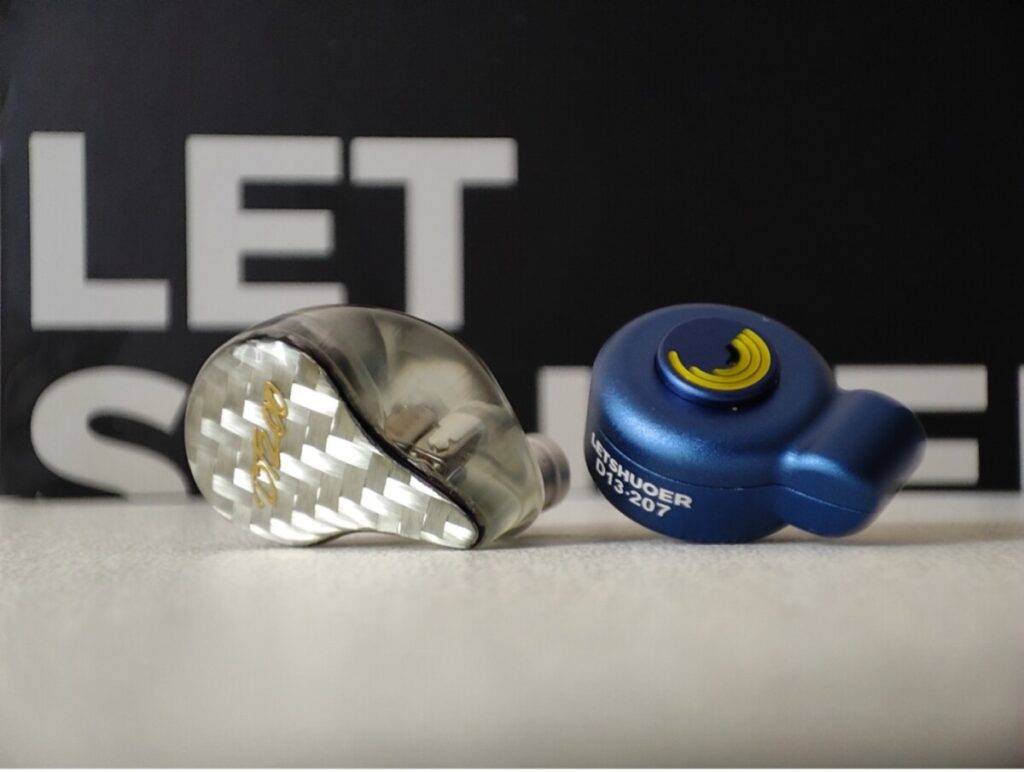
Tanchjim Oxygen
Not a fair comparison in terms of pricing (180 USD), but just to see how this top-class CNT-based dynamic driver IEM rank against the D13. Right off the bat, the Oxygen is just in another league not only in terms of technicalities but also tonality. Tanchjim really knows what they are doing with the tuning process in which it sounds effortlessly so balanced and natural. Extension at both ends of the spectrum are superior while soundstage and imaging are much more three dimensional. All other technical aspects are also hands down better on the Oxygen. Nevertheless, the D13 is still a great IEM at its price point.
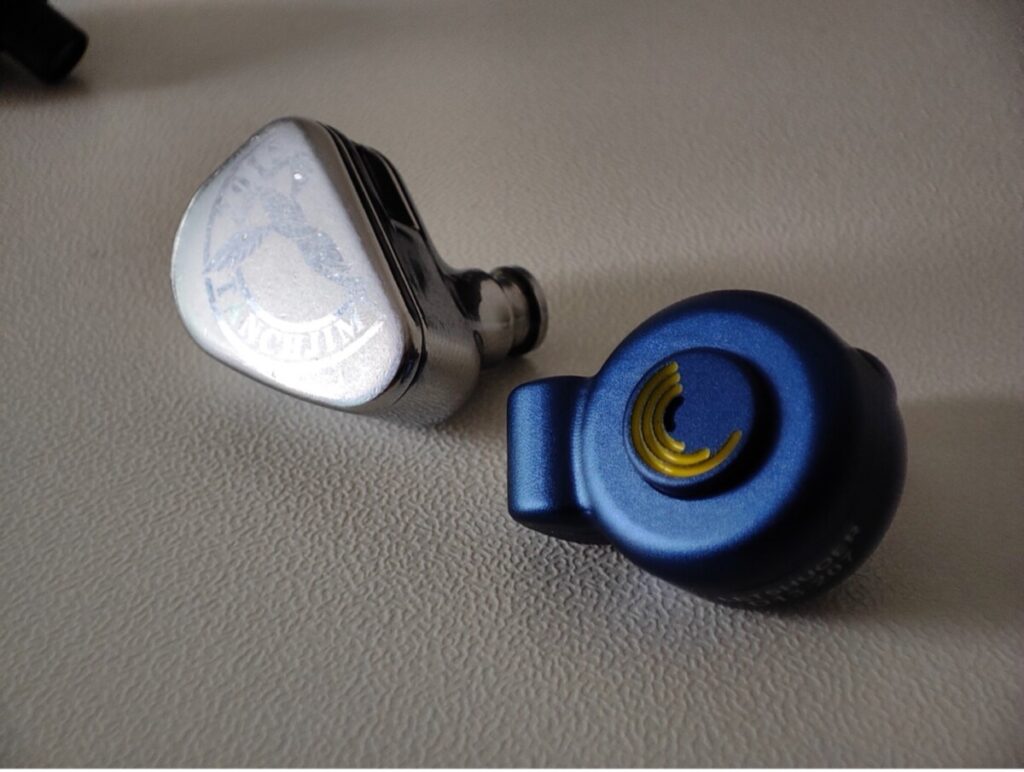
For Who?
The tuning of the D13 really should suit any kind of genres really. It is definitely a great all- rounder IEM at this kind of budget. This IEM is also suitable for those who have small ears since the size of them are quite small. Audition before buying is recommended.
Conclusion
The Letshuoer D13 is definitely a keeper for me, and I am confident that it will be highly regarded by many. The D13 tick all the boxes of my evaluation parameters; nice packaging, solid build and ergonomic, all-rounder sound tuning, high technical performance, and good price-performance ratio to name a few. It falls slightly short in terms of tonal balance (upper treble extension) and certain quality of its technicalities (soundstage and imaging) to get my full marks. However, once again Letshuoer can continues to strive after their recent success with their EJ07 and S12 but this time with the D13. Looking at the size of the D13, it is a pocket rocketman indeed.
